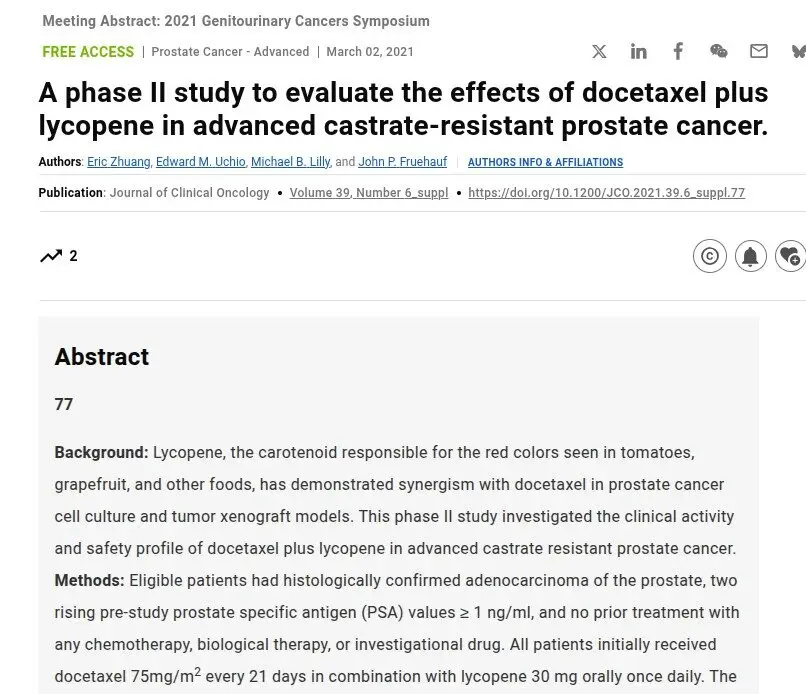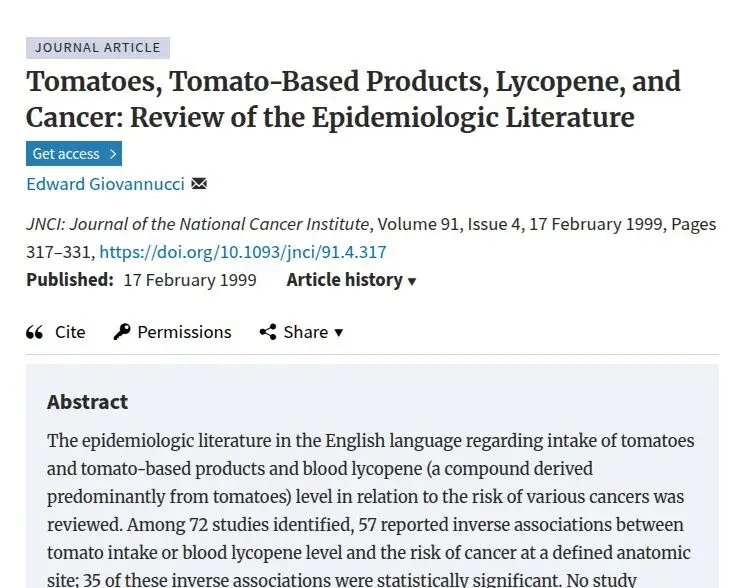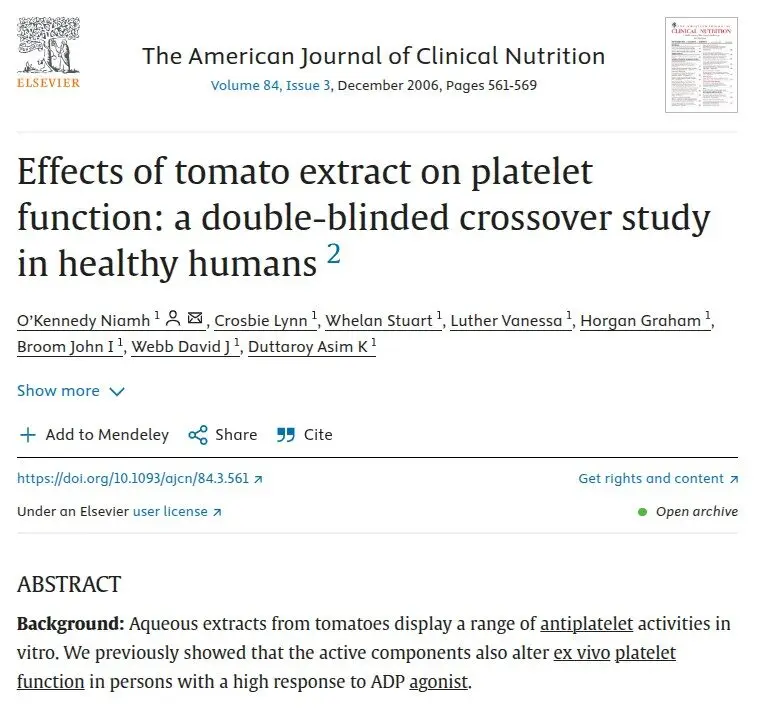The combination of docetaxel with lycopene led to improved PSA response rate and tolerability in patients with advanced castrate resistant prostate cancer. Docetaxel plus lycopene merits further research in this patient population…The PSA response rate was 76.9%, comprising of ten PSA responses. Two patients had a best response of stable disease, yielding a disease control rate of 92% . Median time to PSA progression was 8 month. Median duration of response was 7.3 months
The form creates your own page where you can describe your plan and upload details of supplements, functional foods and anything else you like to include
UPDATE an existing plan using the form below this one
ALWAYS ANONYMOUS
UPDATES : Select the name of your plan below (“select post”)
Make any changes you want including uploading new files. These will replace your earlier entries.
In case of any issue just reach out using our contact form




